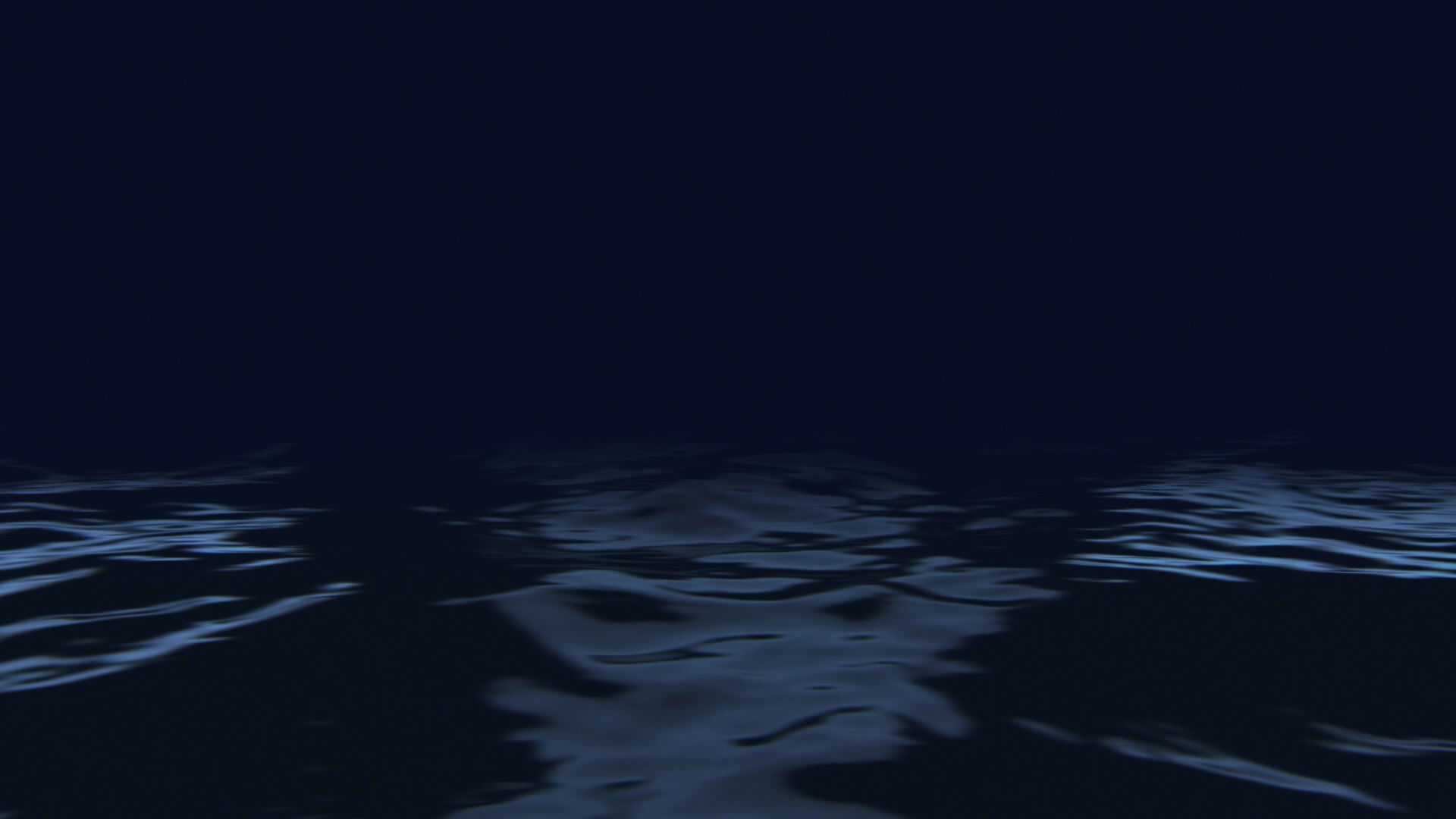Wageningen University & Research confirms effectiveness of Shipsonic ultrasonic antifouling
- Nico van Maastricht

- Aug 12
- 1 min read
Shipsonic claims that the effectiveness of its system is unique in the market. But does the evidence support that claim? Jacob J. Capelle (Wageningen University & Research) and Marco Dubbeldam (Stichting Zeeschelp) conducted a joint study to find out.
In a carefully designed research, they investigated how ultrasonic vibration influences the settlement of mussel larvae. They mapped out each step in detail.
Research through controlled trials:
Two identical tanks, each with four plates as settlement surface
• One tank equipped with ultrasonic transducers (Shipsonic® HDS-40, 80W)
• One tank as a control without vibration
• Two plates per tank were given 2.5 weeks in advance to develop biofilm, fed by a constant algae mix
• After introducing mussel larvae, the settlement behavior was monitored and later counted precisely
What the researchers learned:
Biofilm plays a key role. In the control tank biofilm, formation was extensive, while ultrasonic vibration virtually prevented the biofilm. Absence of biofilm subsequently limited the colonization of mussel larvae drastically.
This result shows that the technology directly affects the basis of the growth process—the biofilm. This effect has been demonstrated repeatedly in a controlled setting.











Comments